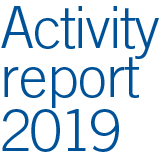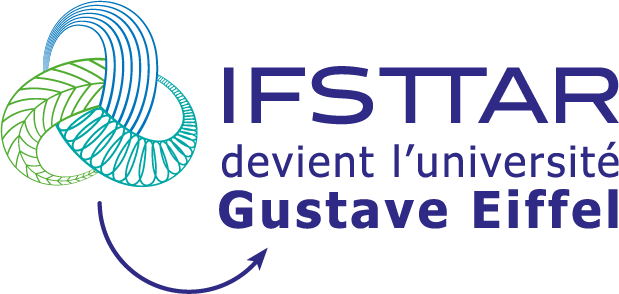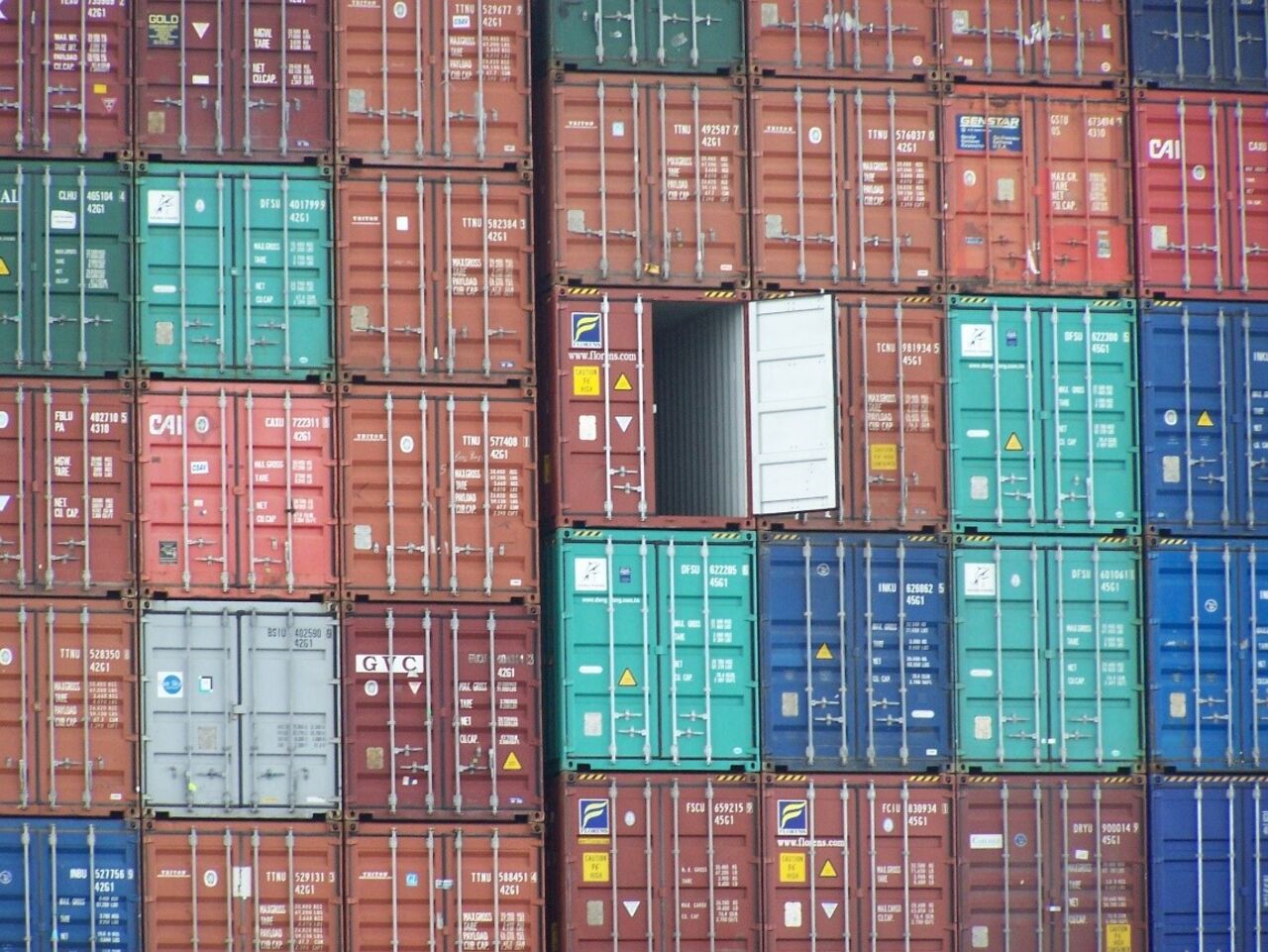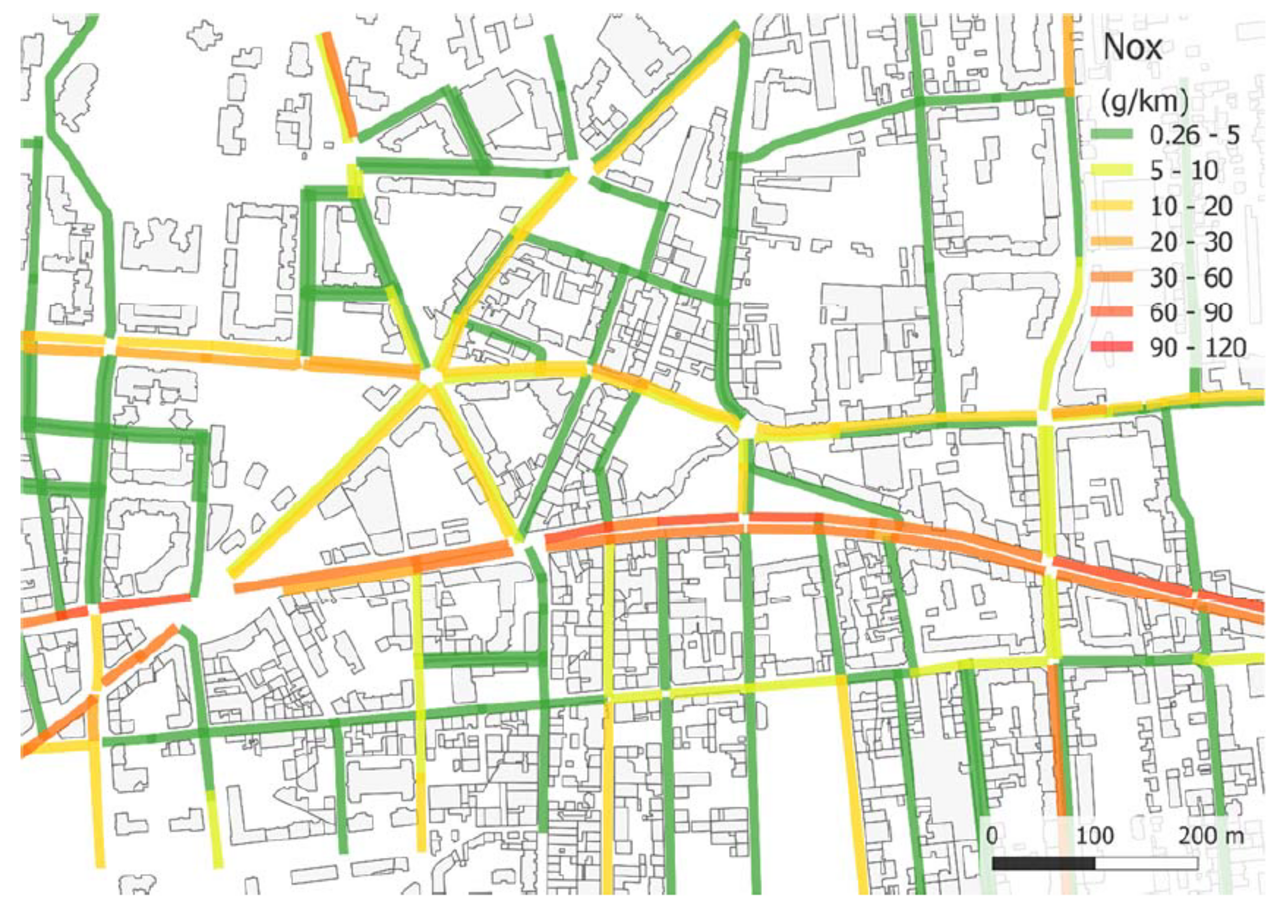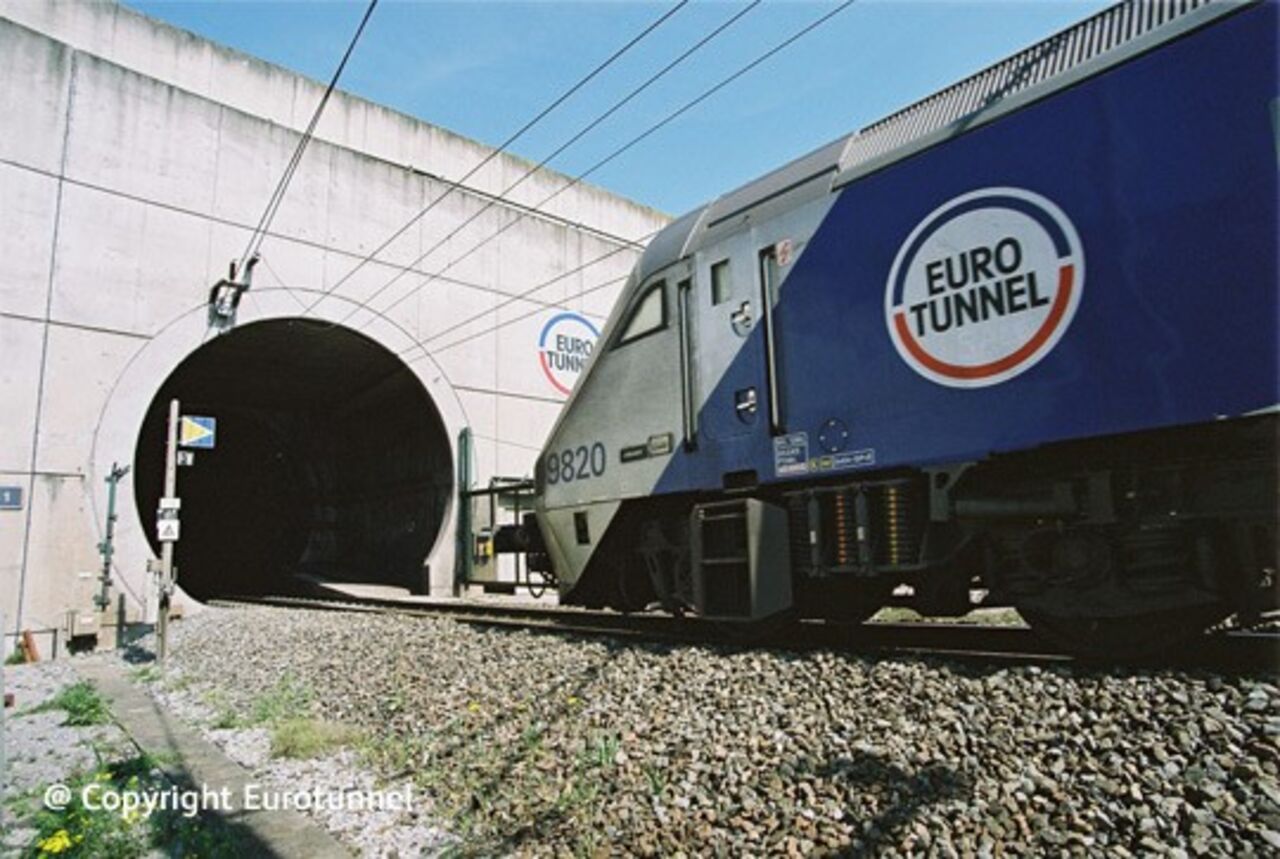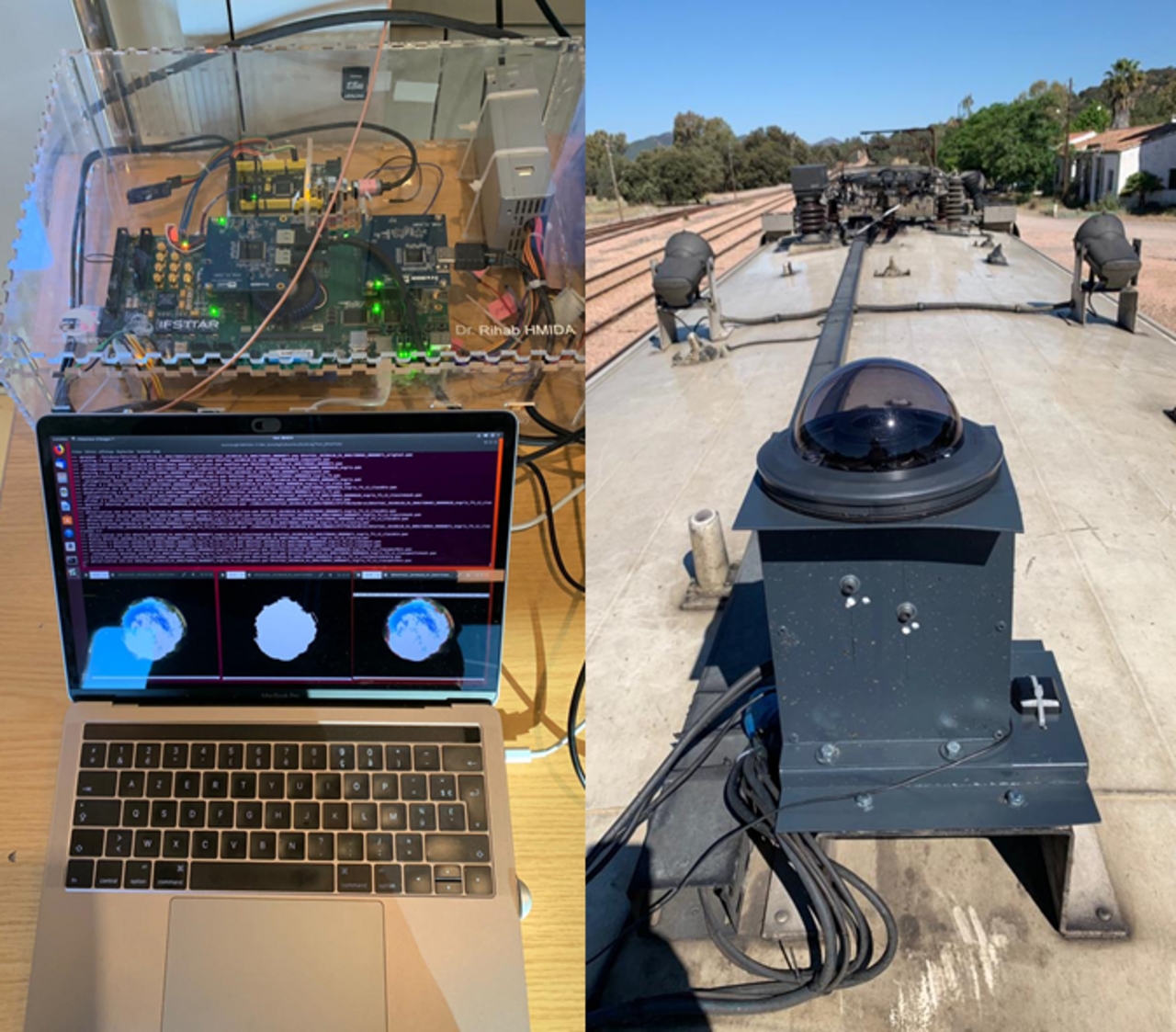Sharing urban space better between modes, reducing congestion and pollution, increasing road safety... Optimising the use of existing transport infrastructure is a goal for every manager. This requires better tools, that are better used. The Messigéo research initiative aimed to make better use of the large amount of data available and to develop effective tools to meet current transport challenges. It took advantage of the long-term partnership that has been built between the Centre d’Expertise sur les Risques, l’Environnement, la Mobilité et l’Aménagement (CEREMA) and IFSTTAR. This has permitted a fruitful exchange of ideas between the researchers at CEREMA, who work closely with public and private transport infrastructure managers, and those at IFSTTAR, who are able to propose new methods in this area, while also providing their knowledge of the international state of the art. Some findings are given below:
- Dynamic modelling and evaluation of the traffic control strategies deployed on peri-urban motorways, in some cases with a degree of connectivity between certain vehicles and the infrastructure. We now offer solutions that overcome two shortcomings of the existing technologies as they provide shorter computation times and the ability to accurately reproduce the effects of control measures;
- Optimum route planning, covering all the possible modes: walking; cycling (including shared bikes); urban or interurban public transport, track-guided or not; cars, shared or not. This inclusion of all modes means accessibility can be approached in a genuinely multimodal way;
- Joint analysis of data on pollution and traffic and a multi-scalar traffic-emission modelling chain. This means we have instruments that highlight the effect of speed and the proportion of heavy goods vehicles on oxides of nitrogen (NOx).
